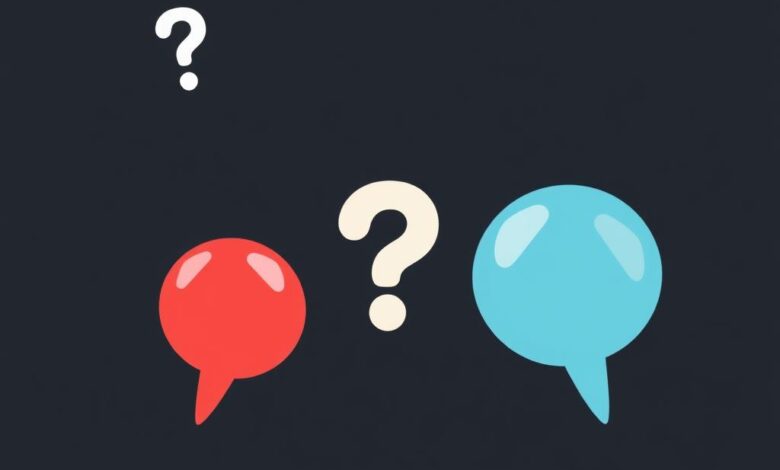What is NFT and How to Create Your Own

To launch your personalized digital asset, selecting the Ethereum network is a pivotal first step. This platform provides a robust infrastructure for issuing and managing your creations through smart contracts, ensuring transparency and security.
Next, familiarize yourself with the various standards for blockchain assets. The ERC-721 standard is commonly used for singular items, while ERC-1155 allows for both unique and fungible assets within a single contract. Understanding these specifications will guide you in defining the characteristics of your digital item.
When it comes to the actual minting process, utilize tools like OpenSea or Rarible. These platforms offer user-friendly interfaces for uploading your artwork or other content, setting prices, and listing them on the marketplace. Ensure that you have sufficient Ether in your wallet to cover transaction fees associated with minting.
Consider implementing additional features such as royalties to benefit from future sales of your asset. This can be an attractive incentive for potential buyers and enhances the long-term value of your creation.
Engagement with communities on social media platforms or forums dedicated to blockchain technology can significantly aid in promoting your digital asset. Utilize channels like Twitter or Discord to connect with enthusiasts who appreciate innovative digital offerings.
Crafting Distinct Digital Assets
Begin with selecting a blockchain platform, ideally Ethereum, due to its robust support for smart contracts and expansive community. Ensure your digital artwork is in a suitable format, such as JPEG or PNG, and maintain high resolution for optimal quality.
Follow these steps:
- Choose a Marketplace: Select a trusted platform like OpenSea or Rarible for listing your creations.
- Create a Wallet: Set up a cryptocurrency wallet compatible with Ethereum to store your assets and manage transactions.
- Minting Process: Upload your artwork to the chosen marketplace. Fill in necessary details including title, description, and any royalties.
- Set Pricing: Decide on fixed pricing or auction formats. Research similar items for competitive pricing.
Don’t overlook marketing strategies; leverage social media platforms to showcase your creations and build an audience. Engage with potential buyers through communities focused on digital art and collectibles.
- Create engaging posts with visuals of your work.
- Join relevant forums to discuss trends and share insights.
- Consider collaborations with other artists for greater exposure.
Monitor the performance of your listings, adjusting strategies based on engagement metrics and market feedback. This proactive approach will enhance visibility and sales potential within the digital art space.
Selecting the Right Platform
Choose a blockchain that aligns with your objectives. Ethereum remains the most popular choice due to its robust smart contract capabilities, but alternatives like Binance Smart Chain, Solana, and Tezos offer lower fees and faster transactions. Evaluate each option’s community support and potential for scalability.
Research marketplaces tailored for artists and collectors. OpenSea and Rarible are well-known platforms offering extensive visibility. However, consider niche platforms like Foundation or SuperRare if your focus is on high-quality digital art. Each marketplace has unique listing fees and royalty structures; ensure they match your financial strategy.
Assess user experience across platforms. A simple, intuitive interface can significantly enhance your engagement with potential buyers. Look for features that facilitate easy browsing and purchasing of digital assets.
Security measures are paramount. Ensure the selected platform has a strong reputation for protecting user data and digital assets against theft or fraud.
Consider the platform’s compatibility with various wallets. MetaMask is widely accepted, but confirm that your chosen wallet integrates seamlessly with the platform to streamline transactions.
Finally, monitor trends within specific communities to identify which platforms are gaining traction among creators and collectors alike. This insight can guide you toward selecting a space that maximizes exposure for your digital creations.
Creating Digital Artwork
Begin with a concept. Define the theme and style of your piece, whether it’s abstract, realism, or a fusion of genres. Use software like Adobe Photoshop, Illustrator, or Procreate to bring your vision to life. Leverage digital tools that allow for intricate details and vibrant colors.
Choose a resolution appropriate for display. Aim for at least 300 DPI if you plan on printing; otherwise, 72 DPI suffices for online sharing. Keep in mind that high-resolution files can impact storage and loading times on platforms.
Incorporate elements that resonate with your audience. Research current trends within the digital art community to enhance engagement without compromising originality. Experiment with different techniques such as layering, blending modes, and textures to create depth.
Once satisfied with your artwork, save it in a compatible format (PNG or JPEG). Ensure color profiles are set correctly for consistency across devices.
The Ethereum blockchain provides a secure environment for minting your creations into digital assets. Familiarize yourself with the gas fees associated with transactions on this network; budgeting for these costs is crucial to avoid surprises during the minting process.
Select an appropriate marketplace tailored to your art style–OpenSea, Rarible, or Foundation are popular choices. Each platform has unique features; research their specific requirements before proceeding with listing your work.
This structured approach will not only help in crafting compelling pieces but also streamline the transition from artwork to asset within the blockchain ecosystem.
Minting Your NFT Tokens
Select a reputable marketplace that supports Ethereum for the minting process. Popular platforms like OpenSea, Rarible, and Mintable allow users to easily upload their digital art and convert it into blockchain assets.
Before proceeding, ensure your digital artwork is in a compatible format such as PNG, JPG, or GIF. Each platform has its own size limitations; typically, files should not exceed 100 MB. Check specific requirements on the chosen site.
Connect your cryptocurrency wallet to the platform. MetaMask is widely used and seamlessly integrates with Ethereum-based services. After connection, make sure your wallet is funded with enough ETH to cover gas fees associated with minting.
Upload your artwork and provide necessary details including title, description, and any unlockable content you wish to offer buyers. This could be high-resolution files or exclusive access to future works.
Review all entered information carefully before finalizing the minting process. Once confirmed, initiate the transaction through your wallet. Depending on network congestion, this may take some time.
After successful minting, your tokens will be stored in your wallet and listed on the marketplace for sale. Monitor their performance regularly and engage with potential buyers through social media channels to enhance visibility.
Marketing Your NFTs
Leverage social media platforms like Twitter, Instagram, and TikTok to showcase your digital art. Utilize hashtags such as #Ethereum, #CryptoArt, and #NFTCommunity to reach a wider audience. Engage with followers by sharing behind-the-scenes content of your creative process.
Join NFT marketplaces and participate in community discussions. Platforms like OpenSea, Rarible, or Foundation not only allow for listing but also provide opportunities to connect with potential buyers. Regularly update your profile and interact with other creators to build credibility.
Collaborate with influencers in the crypto space who can amplify your reach. A single shoutout from a respected figure can lead to significant visibility and sales. Consider hosting giveaways or auctions to stimulate interest and create buzz around your work.
Utilize email marketing by building a subscriber list interested in digital collectibles. Share updates about new releases, exclusive drops, and upcoming events related to your creations on the blockchain.
Create engaging content that educates your audience about the value of owning digital assets. Blogs, videos, or podcasts discussing trends in the Ethereum ecosystem can position you as an authority while attracting collectors.
Consider using Discord servers dedicated to NFTs for networking and promoting your pieces. Participating in discussions can lead to collaborations or direct sales from interested parties.
Monitor analytics from social media and marketplace interactions. Understanding which strategies yield results allows for optimization of future campaigns.







